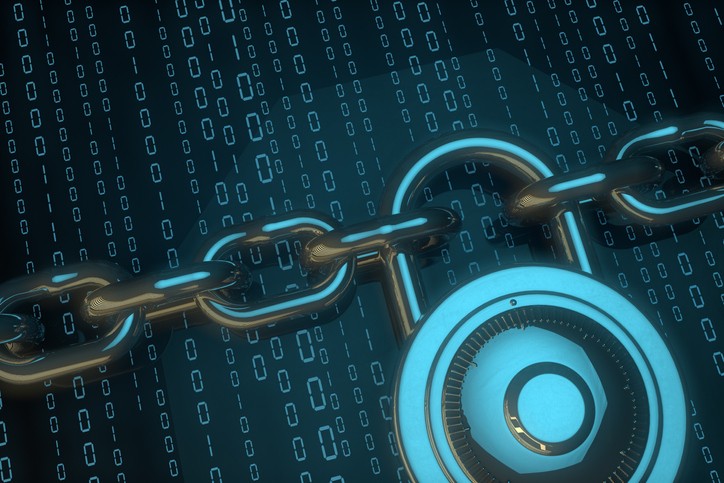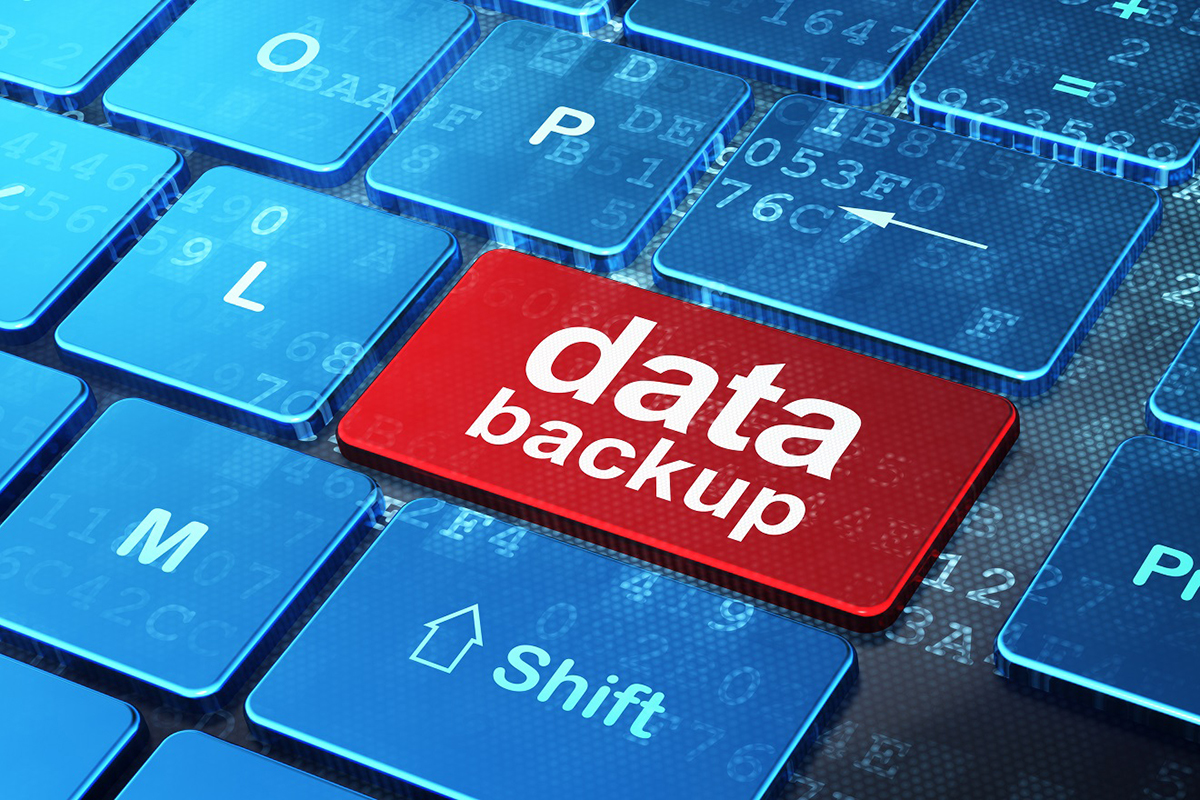Cyber security & managed services
Category : blogs
Cyber security is something you hear about a lot these days. Sometimes it’s thrown around to scare business owners, other times it has proven to be a cautionary tale, one that small businesses can learn from to fend themselves from online threats that can leave devastating impact. What’s certain is statistics don’t lie, and as much as you’d like to believe your business is safe, the worst could happen at any time. Because antivirus software alone can only do so much to protect your business, managed services has become the solution. To make our case, here are several statistics that prove you need managed services from a technology provider.
The numbers
Small businesses are not at risk of being attacked, but worse, they’ve already fallen victim to cyber threats. According to Small Business Trends, 55 percent of survey respondents say their companies have experienced cyber attack sometime between 2015 and 2016. Not only that, 50 percent reported they have experienced data breaches with customer and employee information during that time, too. The aftermath of these incidents? These companies spent an average of $879,582 to fix the damages done to their IT assets and recover their data. To make matters worse, disruption to their daily operations cost an average of $955,429.
The attacks
So what types of attack did these businesses experience? The order from most to least common are as follows: Web-based attacks, phishing, general malware, SQL injection, stolen devices, denial of services, advanced malware, malicious insider, cross-site scripting, ransomware and others.
Why managed services?
Managed services is the most effective prevention and protection from these malicious threats. They include a full range of proactive IT support that focuses on advanced security such as around the clock monitoring, data encryption and backup, real-time threat prevention and elimination, network and firewall protection and more.
Not only that, but because managed services are designed to identify weak spots in your IT infrastructure and fix them, you’ll enjoy other benefits including faster network performance, business continuity and disaster recovery as well as minimal downtime. One of the best things about managed services is the fact that you get a dedicated team of IT professionals ready to assist with any technology problems you might have. This is much more effective and budget-friendly than having an in-house personnel handling all your IT issues.
Being proactive when it comes to cyber security is the only way to protect what you’ve worked hard to built. If you’d like to know more about how managed services can benefit your business, just give us a call, we’re sure we can help.



